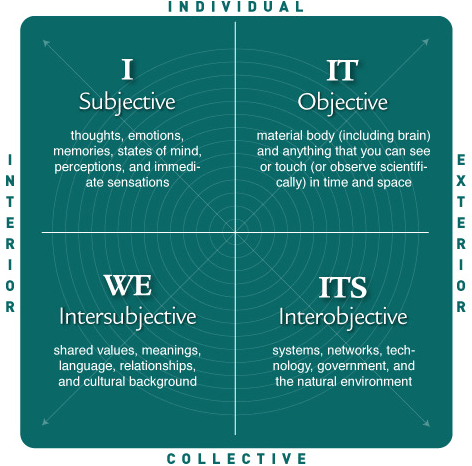We then did a brief activity around the first "homework" - to bring three "things" which may impact the future of Hub. These were discussed in pairs with three questions by futurist Zia Sardar in mind:
- Does it make sense?
- Who benefits?
- Where is this going?
All "things" were put on post-it notes, which were then mapped on a V STEEP framework on the whiteboard. Similar to a PESTEL analysis, this framework can be used to see how macro-environmental issues are related. Futurist Marcus Barber's V STEEP includes values, social, technological, economic, environmental and political factors.
The "scan hits" on the post-its were:
Tom and Neil reflected on Hub in its larger ecosystem and possible scenarios to shift from "old" to "new" Hub.
Neil suggested to use a V STEEP matrix where scan hits can be located in more than one of these sections to show relationships and overlaps.
This was followed by a discussion around our second "homework" task - to look at the Hub Ethos and see what came to mind for us. Julien provided a document about "Hub values – and non-values", and Neil some graphical representations of how the Hub Ethos and might develop.
Helen facilitated a discussion around the ethos and its potential development:
Some reflections from this discussion around our ethos and values:
- "Hub makes it easier than it's ever been to put your values out in the world" (Tony)
- A first-tier bias?
- What is game changing?
- Look at Mihaly Csikszentmihalyi's article The creative personality – 10 antithetical traits in relation to Julien's sometimes seemingly contradictory "Hub values – and non-values".
- Completion of projects might need more focus. Do we need Hub forums for bragging? HUBris?
- What are the possible paths and doorways Hub can take?
A brief overview of the Integral Four Quadrant model followed. This will be used later to frame our scanning hits.

And finally we started to plan the scanning work until next session. There are three framing decisions we each should reflect on:
1. Scale: What time frame are we looking at? We agreed that when we scan the environment of Hub we will keep three time frames in mind; 5 years, 10 years and 25 years ahead. Where are things going and how might things play out over those times?
2. Scope: How broadly are we scanning? Are we looking at Hub Melbourne, Hub Australia, Hub in Asia or Hub in a global perspective? This is another dimension each futures explorer should consider. We do not need to decide on this immediately, but it might emerge in a couple of weeks of scanning.
Some scanning objectives:
Within a couple of weeks, please let the group know on Yammer what area you'd like to help scan.- Arranged a Delphi in the community on Yammer with #hubfutures
- Made physically visible the #hubfutures exploration for other Hubbers to contribute to on the physical Futures Wall
- Involved and sourced wisdom from the Hub Wisdom Council in person or via email
- Gained a broader perspective from the world (open foresight) via Twitter #hubfutures
- Engaged and involved global Hubbers through National Field.
And don't forget to tag everything with #hubfutures.













We sure got through a lot of conceptual stuff in this session. Cognitively challenging given the small space we had and the hot weather. Glad the group is so open ... such that these do no hinder us.
ReplyDelete